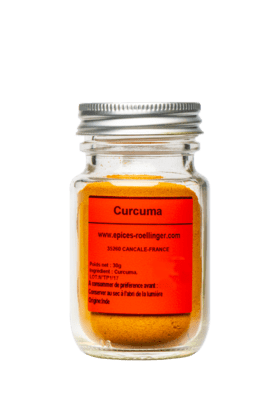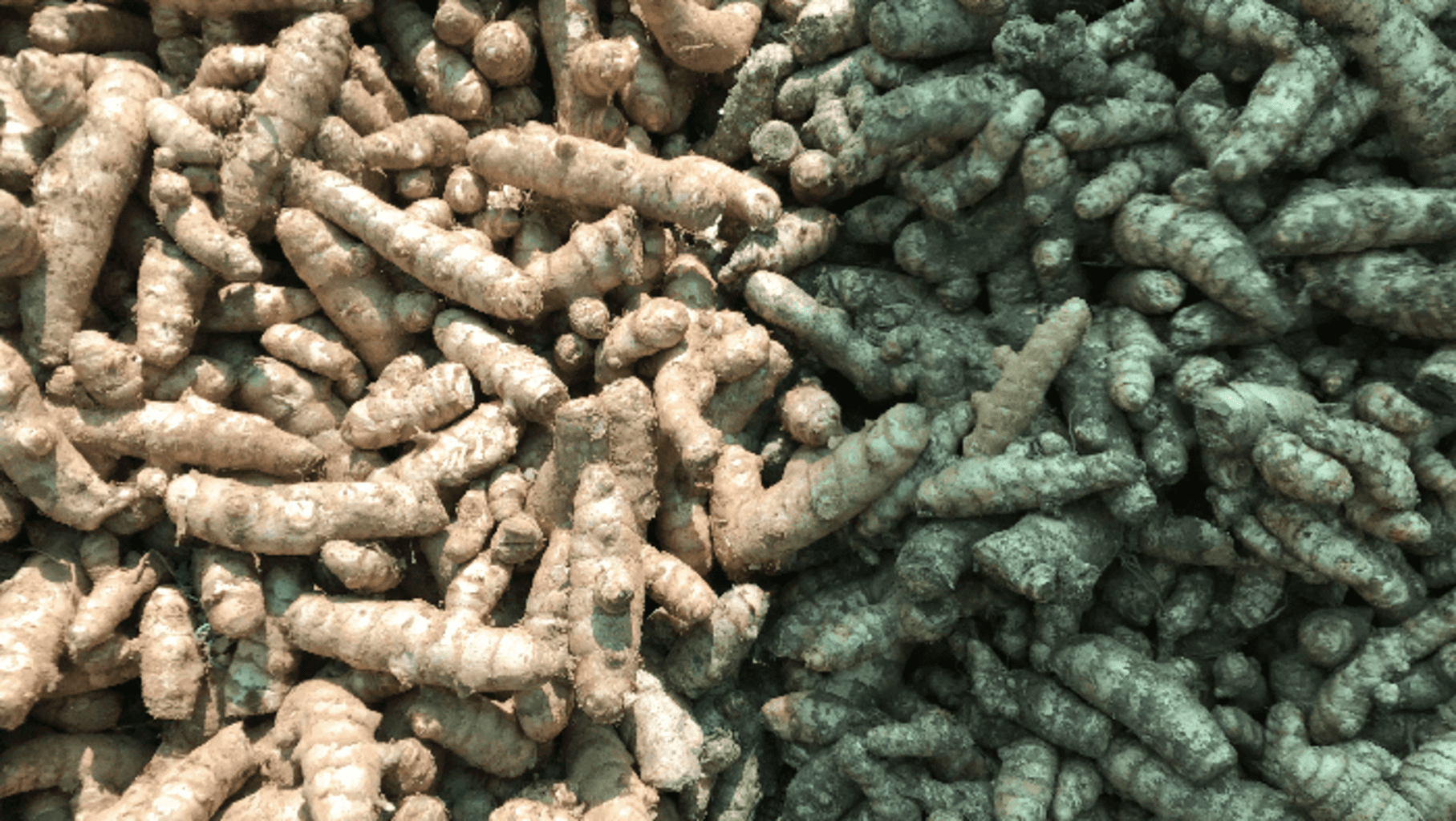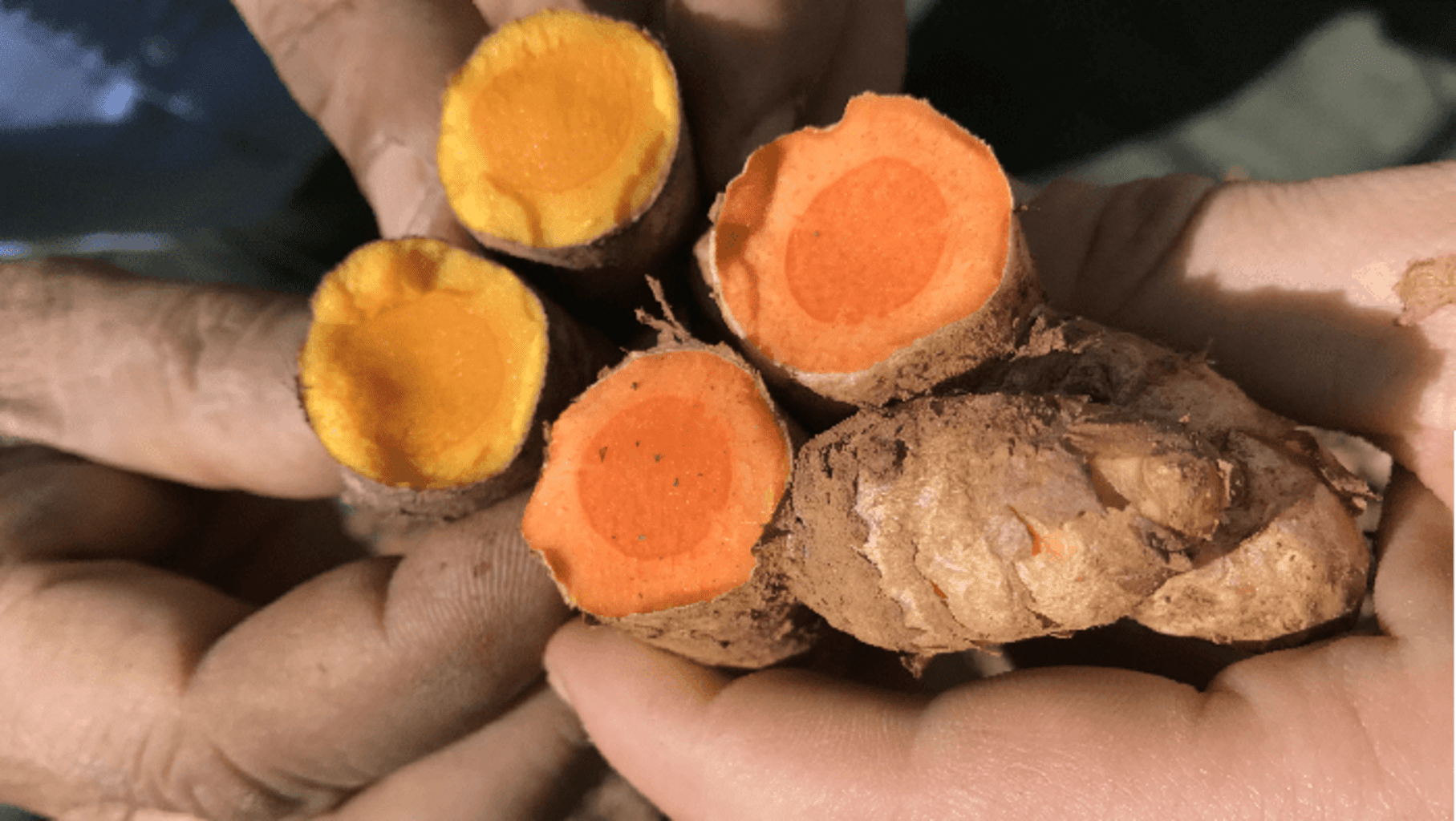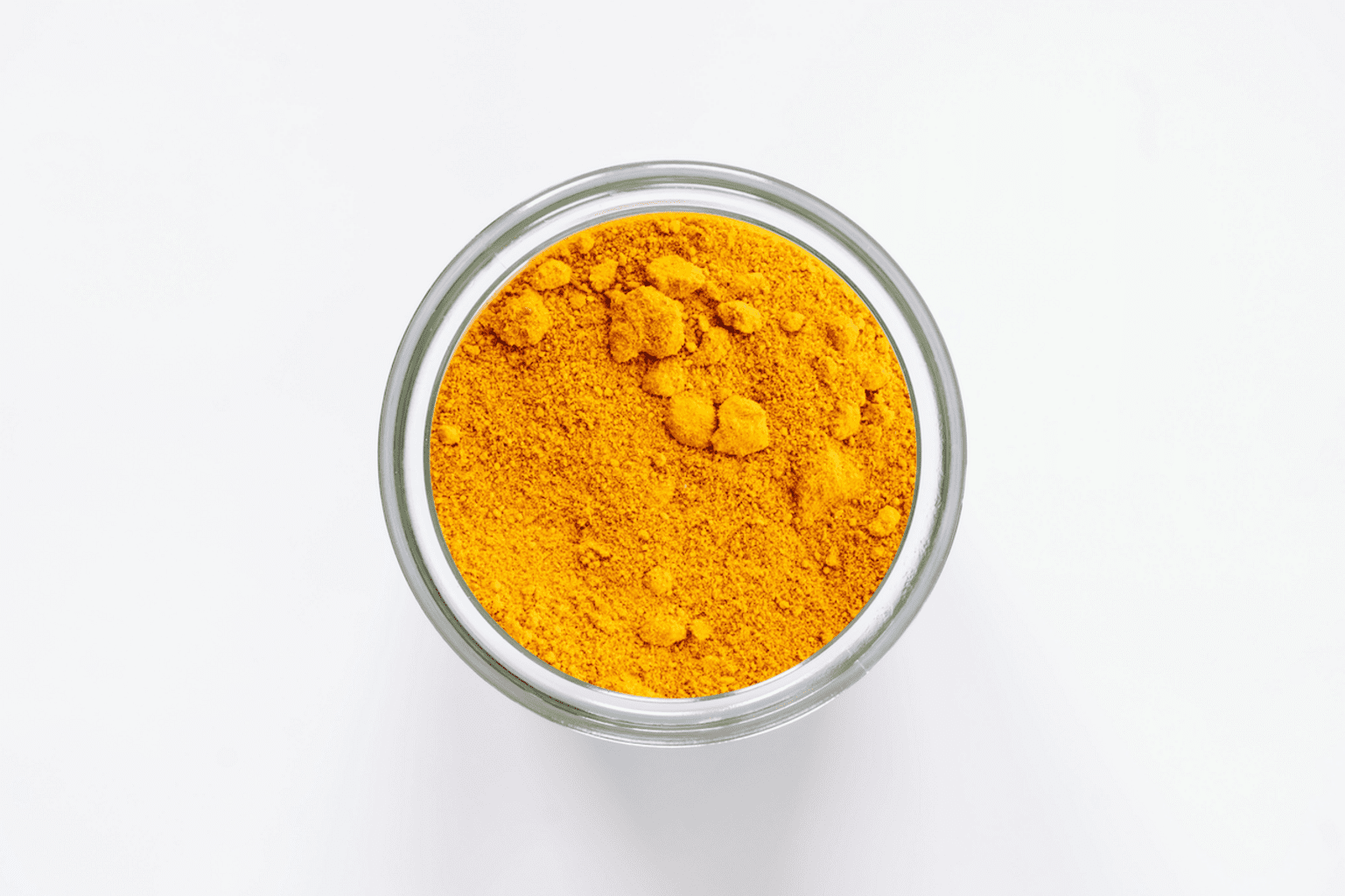Turmeric

Recommendations
-
Allergens
Absent, except for cross-contamination.
May contain traces of sesame, celery, mustard, soy. - Origin India or Sri Lanka
- Storage / Use In a cool, dark, dry place.
Olivier Rœllinger's words
Additionally, the starch it contains acts as a light thickener and can correct the excess acidity of certain dishes. Personally, I like to bring this touch to steamed fish or shellfish.


Story
The quality of ground turmeric depends on where it is grown. The rhizomes from the Bengal and Kerala regions of India are considered to be the best, but excellent turmeric is also produced in Java and Sumatra in Indonesia.
Turmeric has been cultivated in India for over 2,000 years. The Ancient Roman scholar Pliny the Elder described turmeric as ‘an Indian plant that looks like ginger and tastes like saffron when chewed’—though it is highly likely that he never tasted turmeric himself. Turmeric was often confused with saffron despite its milder flavor because of the golden yellow color it lends to dishes. Turmeric is sometimes called Indian saffron or Bourbon saffron and has long been used as a saffron substitute, much to the benefit of spice swindlers who sold one for the other.
Turmeric arrived in China around the 7th century. Arab traders brought it to Europe via the Silk Road. During the Middle Ages, turmeric was used to as a food preservative. It was prescribed as a remedy for liver aliments but its primary use has traditionally been for coloring paints and textiles. Dyers use large quantities of turmeric, especially in combination with indigo to obtain a vibrant, beautiful green color. Around the world, many people wear or daub themselves with turmeric as protection against evil spirits. Turmeric is thought to bring good luck.
Fresh turmeric root has a more marked flavor than the dried ground powder. Its scent is rich and highly aromatic, bitter and peppery, and a little like ginger. Fresh turmeric is readily available in Asian groceries. Just be sure to wear gloves when peeling and finely dicing fresh turmeric before adding it to diced fresh fruit (peaches, apples, and/or pears).
